On The Rice Plantations Of South Carolina And Georgia The Birthrate Of Slaves Was High
On rice plantations slaves lived in harsh conditions and the birthrate was low.
On the rice plantations of south carolina and georgia the birthrate of slaves was high. Of the country's row crop farms, rice farms are the most capital-intensive, and have the highest national land rental rate average. In the Carolinas it became farmer's main source of income and by the 19th century it became a significant crop in Virginia and Georgia. Rice cultivation was common in the Caribbean and in Africa before it spread along the rivers of South Carolina, North Carolina, and Georgia, as well as the Gulf coast of the United States.Rice cultivation was first developed in what became the United States in South Carolina during the early eighteenth century, by Europeans who brought African slave labor with them from the.
This led to a dependence on slave imports from Africa. The story of the plantation is a fascinating one, beginning in the 1790s, when Major Pierce Butler planted the land on the Altamaha Delta, which provided perfect conditions for growing rice. Th century – three slave systems in British North America had produced distinct African American cultures In Chesapeake, because of more healthful climate, sleep op began to reproduce itself by 1740 Because of small size of most plantations and large number of white yeoman farmers, slaves here were continuously exposed to white culture (they learned English, and many were swept up in.
A typical plantation would need dozens of slave drivers. Black slaves did resist the institution of. In 1997, Campbell Coxe planted acres on his family farm near Darlington, South Carolina.
Classic art reinvented with a modern twist. Rice cultivation began in South Carolina in the late seventeenth century but did not become deeply entrenched until the second or third decade of the eighteenth century. Success in South Carolina, the rice plantation system was extended farther south into coastal Georgia, where it also prospered.
Smith's Plantation, South Carolina, Timothy H. One of the largest plantations in the South was the Butler Island Plantation, located just south of Darien, across the Darien River on what is now US Highway 17. Abbeville - Abbeville County – Broadway Plantation Adams Run - Charleston County – Grove Plantation – Summit Plantation – Willtown Bluff - also called New Hope, Wilton Aiken - Aiken County – Jumping Creek Plantation – Pascalis Plantation – Zahara Plantation - also called Dawson-Vanderhorst House, New Bridge Farm, Richardson Place.
There are some 13 rivers from Charleston, South Carolina to northern Florida, and tidal rivers proved to be ideal for raising rice. Probably originating in Southeast Asia;. Often cited by historians, Robert F.
Rice was labour intensive and large numbers of slaves were purchased to do this work. Whitefield’s Sloop he had purchased as part of the import trade business that also carried rum as prohibited cargo. According to the New York Times, "Historic Rice Plantations Of South Carolina," by Logan WARD, on October 1996 -- GROWING up in South Carolina, I had driven across the Waccamaw and Pee Dee Rivers where they converge near Georgetown dozens of times.Mounting the bridge that spanned them always meant that we had finally reached the beach.
The development of rice plantations in South Carolina:. Long before cotton became king, rice ruled the low country. The beginnings of rice in South Carolina is uncertain but at least two theories persist.
This tract offers ready locations to make fields for hunting or small scale farming. What was the most significant bonding factor for slaves?a. As a result of the view taken by most Southern planters, slaves were often treated cruelly by their owners.
Who would southern colonists have seen as the best candidate for serving as the town's judge?. Rice plantations and indigo were harvested in South Carolina and Georgia. The James Henry Hammond Papers, allowed me to recover four generations of my husband’s ancestors who were enslaved on Hammond’s plantations at Silver Bluff, Cathwood, Cowden and Redcliffe in Barnwell and Edgefield Counties in South Carolina.
With rice once again in her fields, Plumfield Plantation proudly serves a truly distinctive taste of the 18th century southern rice plantations. On the coastal lowlands of South Carolina, Georgia rice plantations needed 30 to 50 slaves. While slaves on cotton and tobacco plantations worked for the master from sunrise to sundown, rice plantation slaves had a specific task that they had to complete each day.
The appearance of rice in the subsistence fields of African slaves coincided with an age of agricultural experimentation by European colonists. Once you've tasted it, you'll never go back to your current brand. Planters grabbed prime rice-growing land by the thousands of acres.
The South Carolina planters were, at first, completely ignorant of rice cultivation, and their early experiments with this specialized type of tropical agriculture were mostly failures. The process of planting, harvesting, threshing and winnowing rice alone was not the only threat posed on slaves residing on South Carolina Rice plantations. Although the first Africans arrived in 1526 as part of a large Spanish expedition from the West Indies, planters who later emigrated from Barbados established large scale slavery in the Carolinas on indigo and rice plantations.
Rice farming’s extremely high hand-labor requirements are credited with having started the plantation era of the Southern States. But before Myrtle Beach became a mecca for golfers and. Then in 1609, English colonists tried growing it in Virginia.
A small-stream floodplain used for early inland rice cultivation, image by Hayden Smith, Fox Gully near Huger Creek, South Carolina, 12. He purchased a plantation and slaves nearby, across the riverbanks in South Carolina. Used their appointive powers and control of land grants to win allies in colonial legislatures.
It was one of the major rice plantations of its time. They were also used for the construction of canals and. The South Carolina and Georgia colonists ultimately adopted a system of rice cultivation that drew heavily on the labor patterns and technical knowledge of their African slaves.
Slaves would do no work. Located right on hwy 17 before the bridge for the North Santee River. Sierra Leone has always had a small population, and Sierra Leonean slaves were always greatly outnumbered on the plantations by slaves from more populous parts of Africa—except in South Carolina and Georgia.
The language (with mixed African roots) spoken by African-American slaves on the rice plantations of South Carolina and Georgia during the eighteenth century was known as:. Even with ox and mule-drawn equipment of those years, rice “farms” or plantations of only a few hundred acres required from 100 to 300 laborers to prepare the soil, plant. This is a list of plantations and/or plantation houses in the U.S.
Landowners in this area rapidly became some of the richest on the mainland (Roberts 16;. Rice production is the third largest among cereals in the United States, after corn and wheat. Most slaves in eighteenth-century British America were born in the colonies.
Allston makes available for a new generation of readers a firsthand look at one of South Carolina's most influential antebellum dynasties and the institutions of slavery and plantation agriculture upon which it was built. This 45-60 minute guided tour will provide you with much information about the history of the rice plantations and who the major southern players were. From the start Georgia's rice industry could best be described as a "knock-off" of South Carolina's.
West African rice production technology—developed by farmers in the Upper Guinea Coast more than 500 hundred years before the trans-Atlantic slave trade—laid the foundation for South Carolina and Georgia’s commercial rice industry and made South Carolina’s rice planters the richest with the largest slave holdings in America’s Southern. An increase was expected over the next. A smallpox epidemic killed thousands of slaves.e.
Rice was never grown as a cash crop in the Darlington area where Plumfield Plantation now produces Carolina Plantation Rice, but it was grown there in small plots by slaves who raised it for their own consumption, as they had traditionally in Africa. Experience Southern History at Hopsewee Plantation. Once they finished that job, they could spend the rest of the day doing things for themselves.
A real chance to own a piece of South Carolina history. These consultations were completed by 1750. If it wasn’t for the slaves, the vast plantations that once lined the Georgia/South Carolina coast wouldn’t have thrived as they did.
O'Sullivan (American, about 1840 - 18), 1862, Albumen silver print, 21.4 × 27.3 cm (8 7/16 × 10 3/4 in.), Reimagined by Gibon, design of warm cheerful glowing of brightness and light rays radiance. The wealthiest plantation owner in Georgia turns out to be the absentee rice planter who continued living in Massachusetts. By 1738, Mackay had moved his slaves illegally into Georgia at the Oak Grove site by way of a Mr.
On the rice plantations of South Carolina and Georgia, the birthrate of slaves was high. For over 4,000 years man has grown and consumed rice. On the rice plantations of South Carolina and Georgia, the birthrate of slaves was high.
Plantation owners encouraged women slaves to have children at the age of 13 in order to replenish the losses caused by the high death rate. In the early eighteenth century, rice became the major cash crop of the Lowcountry, and would continue to dominate coastal South Carolina's economy into the. The most successful colonial governors:.
Many slaves escaped to New England.d. South Carolina plantations by place. Large enough to have multiple timber stands for continuous timber income.
Watch for signs as the white gated driveway comes upon you quickly. The Moors brought it to Spain in the 8th century;. Led to a black majority in that colony by the 1730s.
On the rice plantations of South Carolina and Georgia, the birthrate of slaves was high. 260 acre portion of an old rice plantation on the Sampit River. The reissue of The South Carolina Rice Plantation as Revealed in the Papers of Robert F.
It only worked with a small amount of slaves. Hello Robyn, In 1998, Records of Antebellum Southern Plantations from the Revolution through the Civil War, Series A:. Identify the factors that led to distinct African-American cultures in the eighteenth century.
Allston's letters, speeches, receipts, and. Wealthy cotton and rice plantation owners valued the expertise of slaves who once farmed similar crops in the grasslands and marshes back in Africa. Artisans and merchants turned more to wage laborers.6.
The existence and success of South Carolina’s rice plantations was due to the forced labor of enslaved people and the knowledge these Africans brought from their homeland. On the rice plantations of South Carolina and Georgia, the birthrate of slaves was high. South Carolina was a slave colony from its inception.
Our tour of Georgetown rice plantations was organized by the nonprofit Palmetto Trust for Historic Preservation, Post Office Box , Columbia, S.C. He owned four South Carolina plantations (Mepkin, Wambaw, Wrights Savannah, and Mount Tacitus), two Georgia plantations (Broughton Island and New Hope), tracts of undeveloped land in both colonies, and town lots in Charleston. What was a potential criticism from slaveowners about the task system?.
1 Chicora Historical Society. By the early 1800s cotton production throughout the states dwarfed that of rice. In opposition to South Carolina's slave code, the Trustees wished to ensure a smaller ratio of Blacks to whites in Georgia.
In Georgia, as in South Carolina, a caste of elite planters quickly established itself after Parliament removed the export duty on rice and royal policy lifted limitations on the number of land grants to individuals. Some owners promised them freedom after having 15 children. The rice plantations grew into large estates, and rice started dominating the economy of South Carolina because of its exports.
In the US, all rice acreage requires irrigation.In 00-09 approximately 3.1 million acres in the US were under rice production;. Citing McCusker and Menard 1985). And disease carrying mosquitoes and African slaves overcame it all to build the South Carolina rice plantations around Charleston and Georgetown.
During the early 1760s Laurens’s interests expanded to include rice and indigo planting. Rice plantations shaped and reshaped the lowcountry geography and economy, making Charleston one of the richest cities in the world, but it was a wealth built primarily on slave labor. Slaves Response to Slavery.
The Culture of Rice and Slavery. During the growing season the slaves on the rice plantations moved through the fields in a line, hoeing rhythmically and singing work songs to keep in unison. Rice Plantations Of North Carolina:.
The Trustees asked the House of Commons to replace the Act of 1735 with one that would permit slavery in Georgia as of January 1, 1751. Built circa 1740, some 40 years before the American Revolutionary War, Hopsewee Plantation was one of the South's major rice plantations and the birthplace of Thomas Lynch, Jr., one of the signers of the Declaration of Independence. They soon recognized the advantage of importing slaves from the traditional rice-growing region of.
Slaves would have too much autonomy. Located on the North Santee River in South Carolina’s Lowcountry close to Myrtle Beach and Charleston, Hopsewee Plantation was built between 1735 and 1740 and is best known as the birthplace of Thomas Lynch Jr. Who signed the Declaration of Independence.
Rice became an important crop in America during the 18th century. State of South Carolina that are National Historic Landmarks, listed on the National Register of Historic Places, listed on a heritage register, or are otherwise significant for their history, association with significant events or people, or their architecture and design. Slaves on rice plantations worked under what was known as the task system.
Generalized patterns of rice production in South Carolina during the Colonial Period, map created by Kovacik and Winberry, 1987, courtesy of the South Carolina Geographic Alliance. But, saying that, the lives of those on the rice plantations were quite different from slaves on the cotton plantations of inland Georgia and Alabama. The rice plantation zone of coastal South Carolina and Georgia was the only place in the Americas where Sierra Leonean slaves came together in large enough numbers and over a long enough period of time to leave a significant linguistic and cultural impact.
It was not suited for rice plantations.
Www Jstor Org Stable

Poor Man S Crop Slavery In Brazilian Cotton Regions 1800 1850
Www Npsk12 Com Cms Lib Va Centricity Domain 5750 Ibhota May11 Instructions and slaveryreading Pdf
On The Rice Plantations Of South Carolina And Georgia The Birthrate Of Slaves Was High のギャラリー

Want To Understand American Slavery History News Network
Q Tbn 3aand9gcrpnt6sfrh9fk7mard4haq85lg Qof2ewnjqlfwcwvmnwk8pff0 Usqp Cau
Www Jstor Org Stable
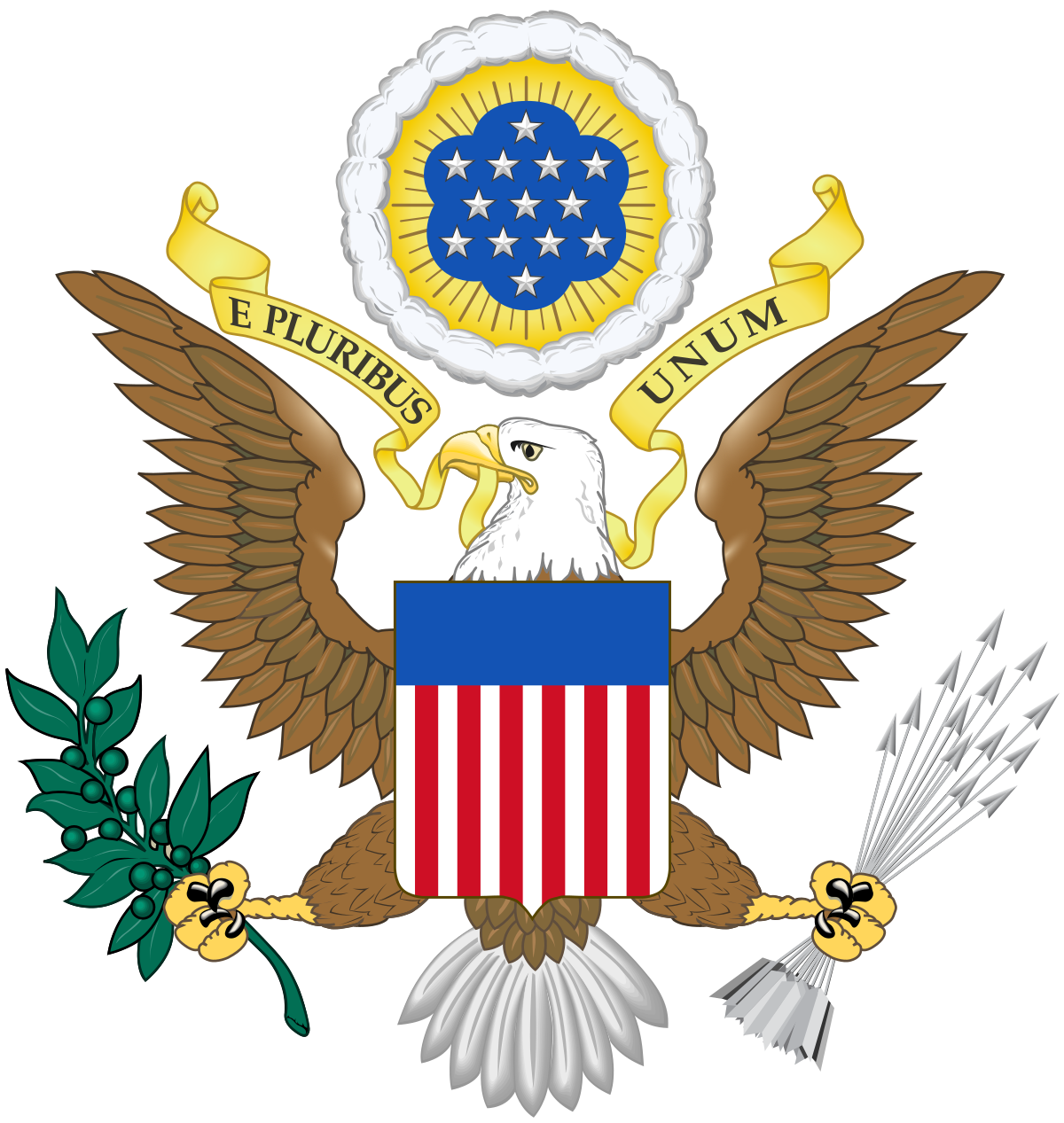
Colonial History Of The United States Wikipedia
Us History Chapter 4 Flashcards Quizlet
3
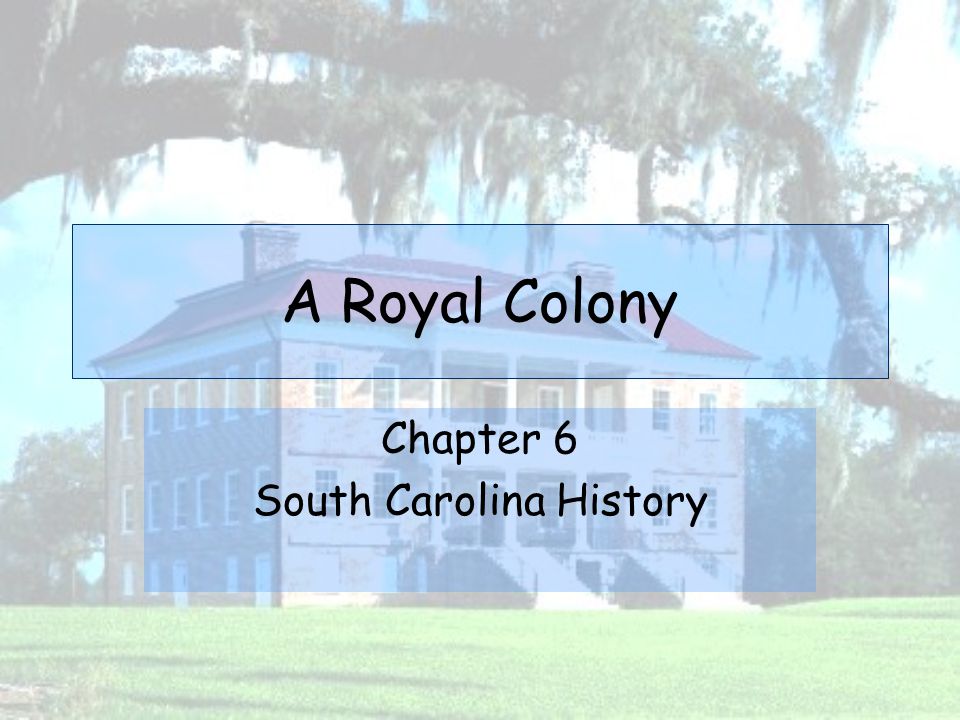
Chapter 6 South Carolina History Ppt Video Online Download
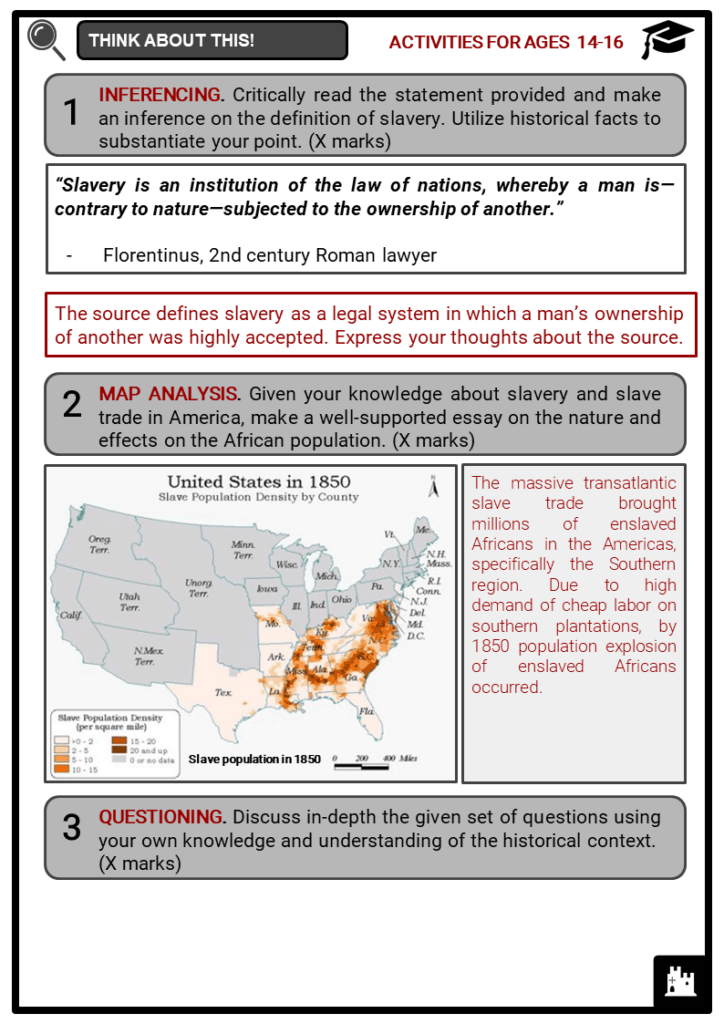
History Of Slavery Facts Worksheets Summary Evolution History End
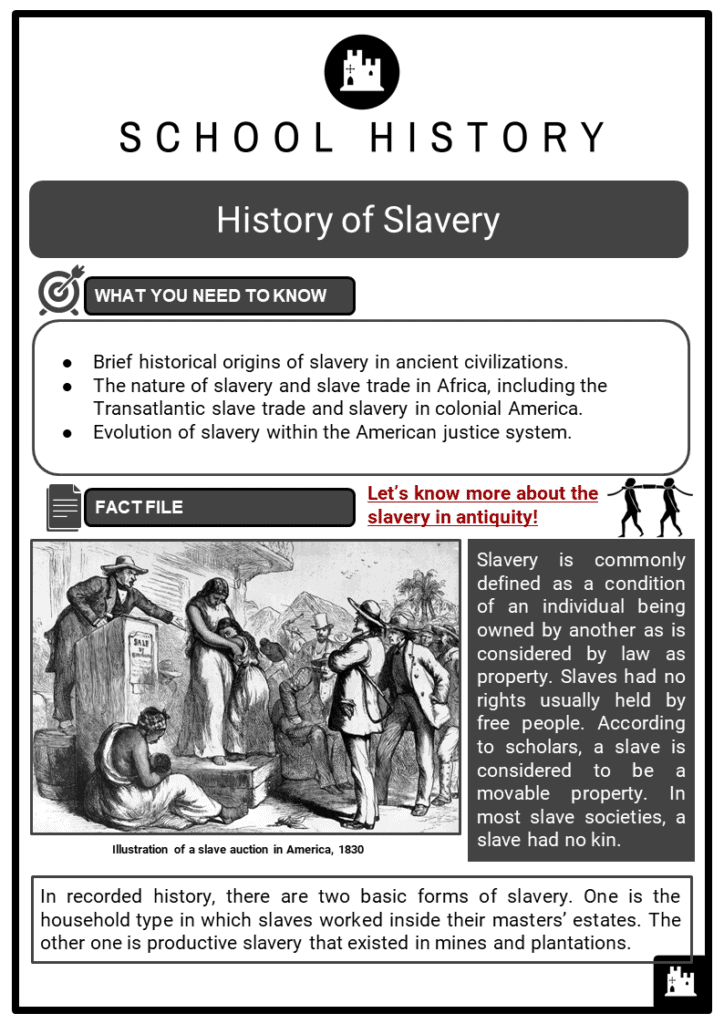
History Of Slavery Facts Worksheets Summary Evolution History End

Slavery In The Colonial History Of The United States Wikipedia
Http Www West Windsor Plainsboro K12 Nj Us Common Pages Displayfile Aspx Itemid
Q Tbn 3aand9gctqgbo2e28pnsdxyrardpvkusakj9qipnjczxiiasi4z24x2gfq Usqp Cau
Www Tompsc Com Documentcenter View 5621
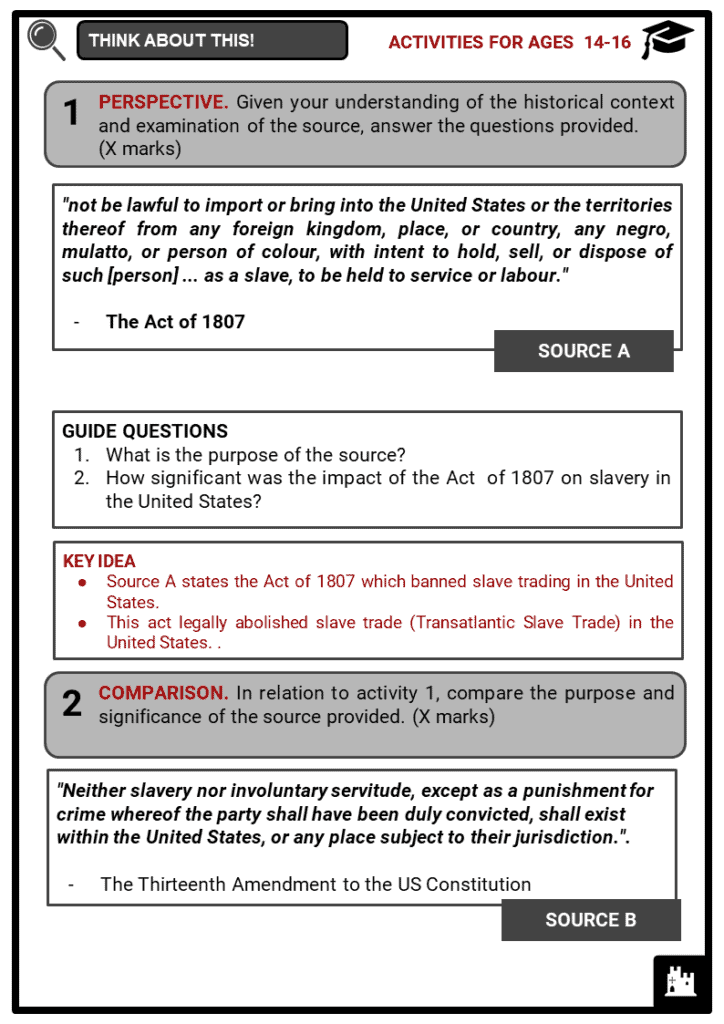
History Of Slavery In America Facts Timeline Worksheets Origins
Http Www West Windsor Plainsboro K12 Nj Us Common Pages Displayfile Aspx Itemid

Slavery Freedom And The Struggle For Empire Chapter Ppt Download

Poor Man S Crop Slavery In Brazilian Cotton Regions 1800 1850

Reproduction And Miscegenation Chapter 4 The Holocaust And New World Slavery
Chapter Two Black Women S Experiences In Slavery And Medicine In Medical Bondage On University Of Georgia Press Digital Publishing
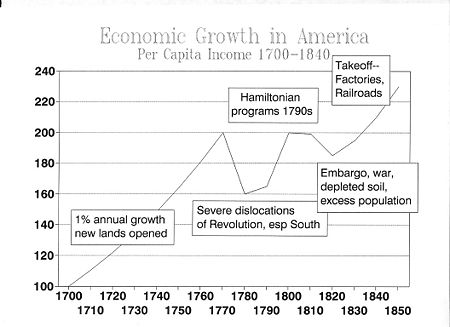
Colonial History Of The United States Wikipedia

Slavery In Colonial North America Pdf Free Download

Slavery Freedom And The Struggle For Empire Chapter Ppt Download
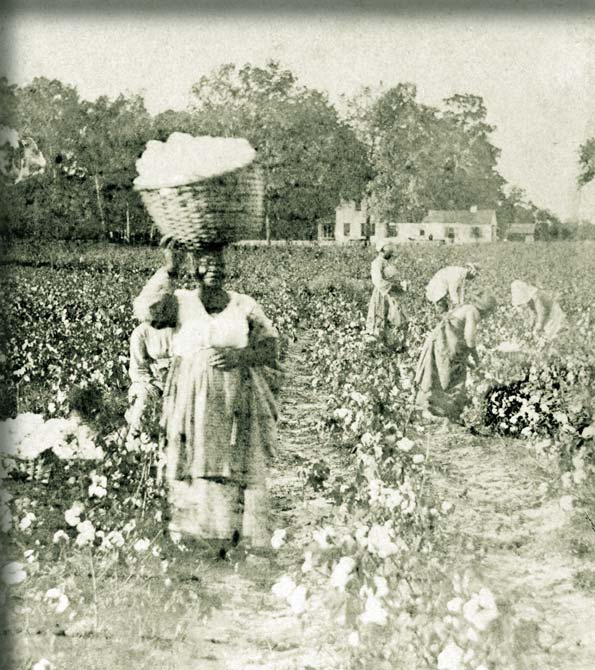
Us Slave Facts About The Slave Trade And Slavery

Docx 1 How Did African Slavery Differ Regionally In Eighteenth Century Northamerica There Were Three Distinct Slave Systems In The Colonies Course Hero
Thirteen Colonies Wikipedia

Slavery Freedom And The Struggle For Empire Chapter Ppt Download

These Maps Reveal How Slavery Expanded Across The United States History Smithsonian Magazine

A Royal Colony Chapter 6 South Carolina History Changes In A Royal Colony Major Changes The Creation Of Georgia It Was Created To Be A Buffer Zone Ppt Download
2

Expansion Of The Early American Colonies 1650 1750 Brewminate
2
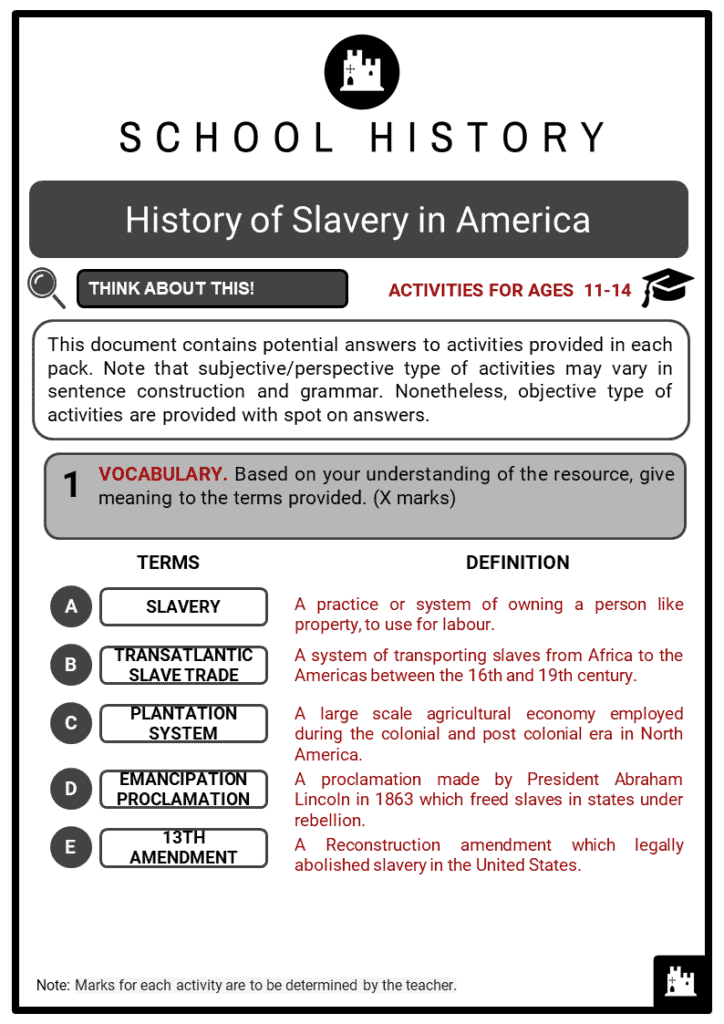
History Of Slavery In America Facts Timeline Worksheets Origins
Trace Tennessee Edu Cgi Viewcontent Cgi Article 56 Context Utk Gradthes

Eric Foner How A Desire For Profit Led To The Invention Of Race Slavery Lrb 4 February 1999
Sjcc Instructure Com Files Download Download Frd 1
Irma Nps Gov Datastore Downloadfile

Slavery In Colonial North America Pdf Free Download
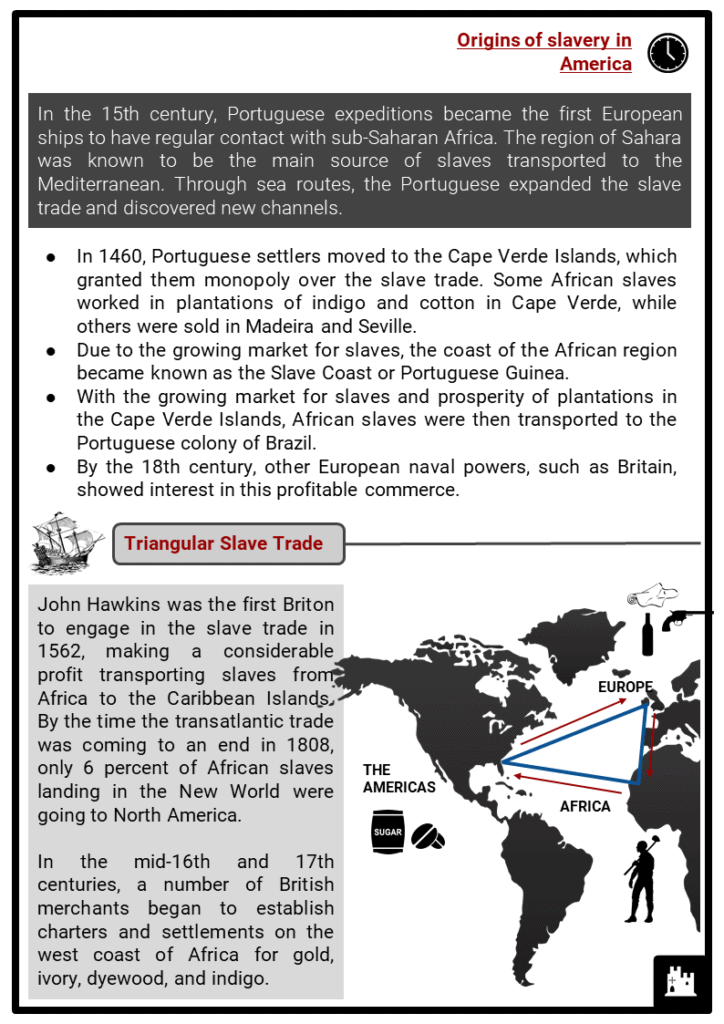
History Of Slavery In America Facts Timeline Worksheets Origins

The Southern Colonies Settlement And Growth Video Lesson Transcript Study Com

Apush Chapter 4 Diagram Quizlet

Slavery In Colonial North America Pdf Free Download
Www Tompsc Com Documentcenter View 5621

Slavery Freedom And The Struggle For Empire Ppt Download

Slavery In Colonial North America Pdf Free Download
Academiccommons Columbia Edu Download Fedora Content Download Ac 8615 Content Johnston Columbia 0054d Pdf

Slavery In Colonial North America Pdf Free Download
Www Jstor Org Stable

Considering Slave Demography In The New World Chapter 3 The Holocaust And New World Slavery

Chapter 6 South Carolina History Ppt Video Online Download
Http Apush Heading Weebly Com Uploads 5 8 9 8 5297 Chapter 4 Powerpoint Slavery Freedom Empire Pdf
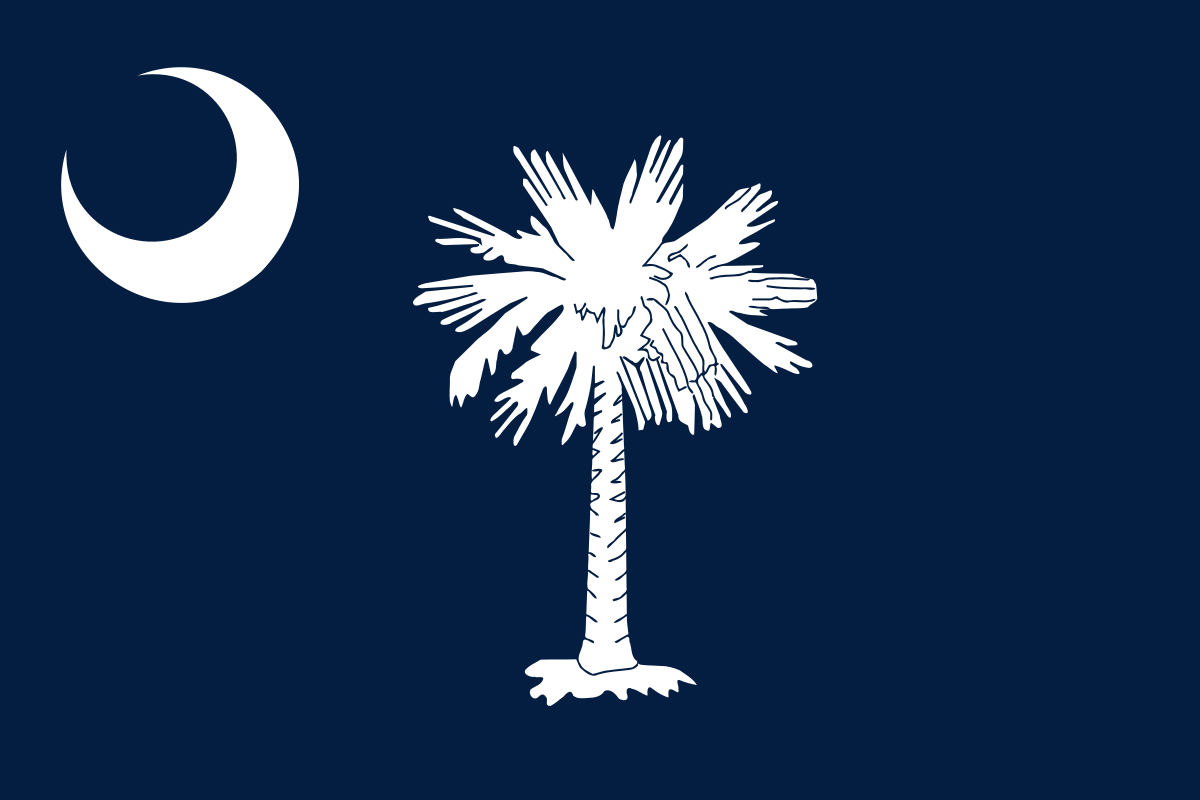
South Carolina Wikipedia
Http Www Shsu Edu Jll004 Colonial Summer09 Berlintimespaceandevolution Pdf

Test Bank The Unfinished Nation A Concise History Of The American People Volume 1 8th Edition Brink By Xteamemail103 Issuu

Land Of The Living Chapter 2 African Atlantic Cultures And The South Carolina Lowcountry

History Of Slavery Facts Worksheets Summary Evolution History End
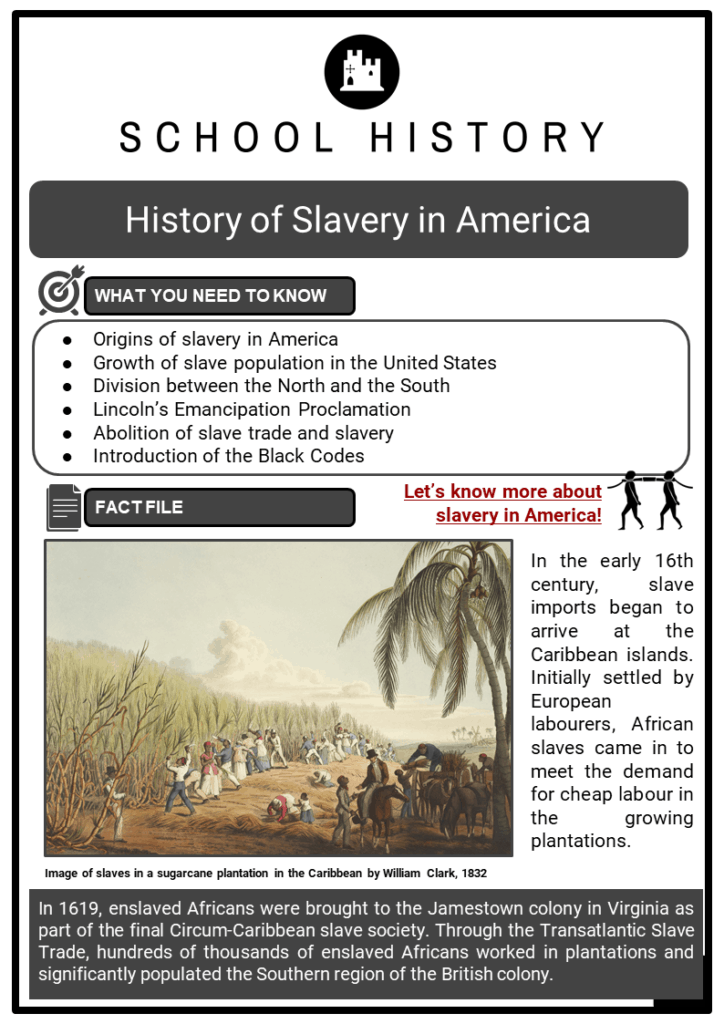
History Of Slavery In America Facts Timeline Worksheets Origins

Breeding Chapter 5 The Holocaust And New World Slavery
Www Jstor Org Stable

Q Tbn 3aand9gcrdyh6ubcnlnwfc8pbhu5amoa271i2k44opaq Usqp Cau
Escholarship Org Content Qt1v72n3qs Qt1v72n3qs Nosplash c176e98a4385a6ead178 Pdf T Pdakgg

Slavery In Colonial North America Pdf Free Download
Chapter Two Black Women S Experiences In Slavery And Medicine In Medical Bondage On University Of Georgia Press Digital Publishing
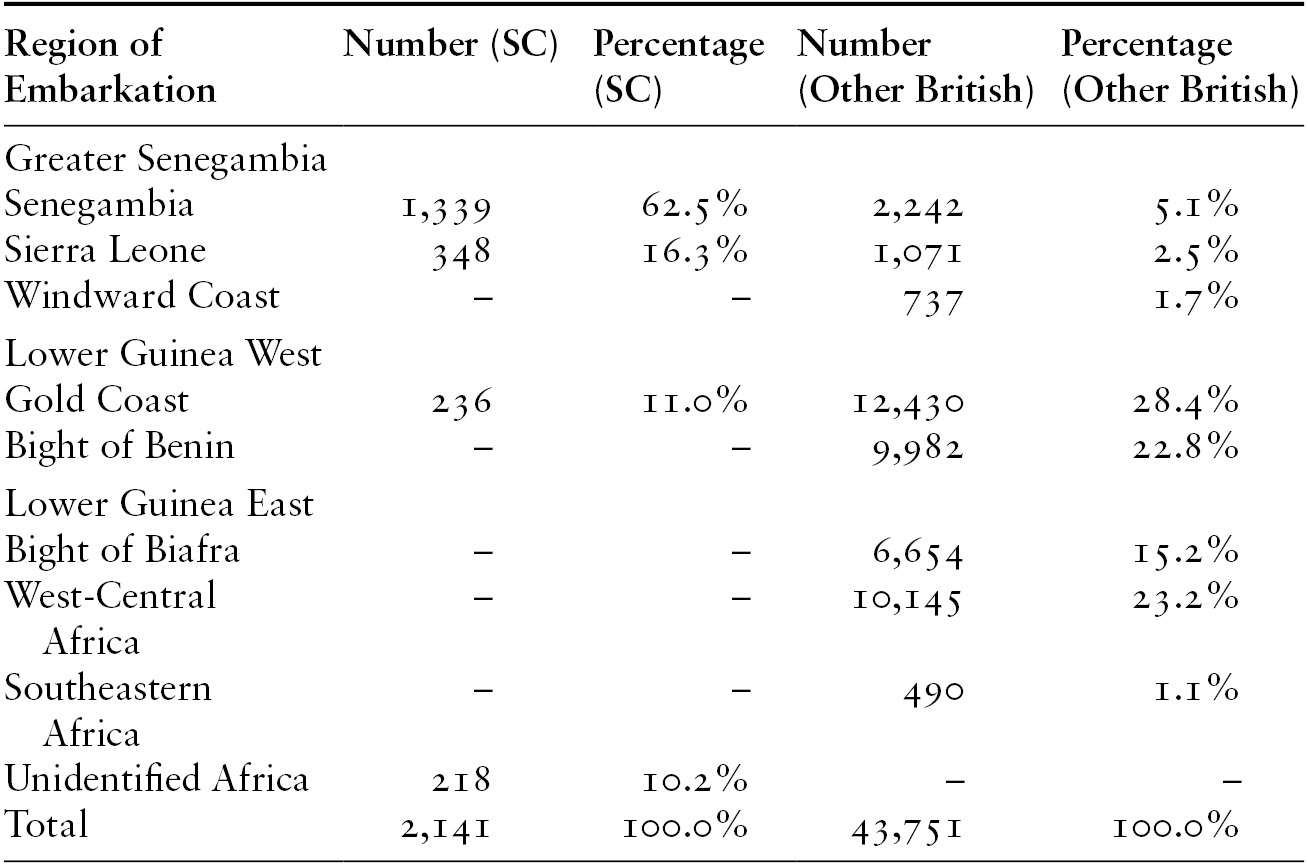
Land Of The Living Chapter 2 African Atlantic Cultures And The South Carolina Lowcountry

The Archaeology Of Afro American Slavery In Coastal Georgia A Regional Perception Of Slave Household And

A Royal Colony Chapter 6 South Carolina History Changes In A Royal Colony Major Changes The Creation Of Georgia It Was Created To Be A Buffer Zone Ppt Download
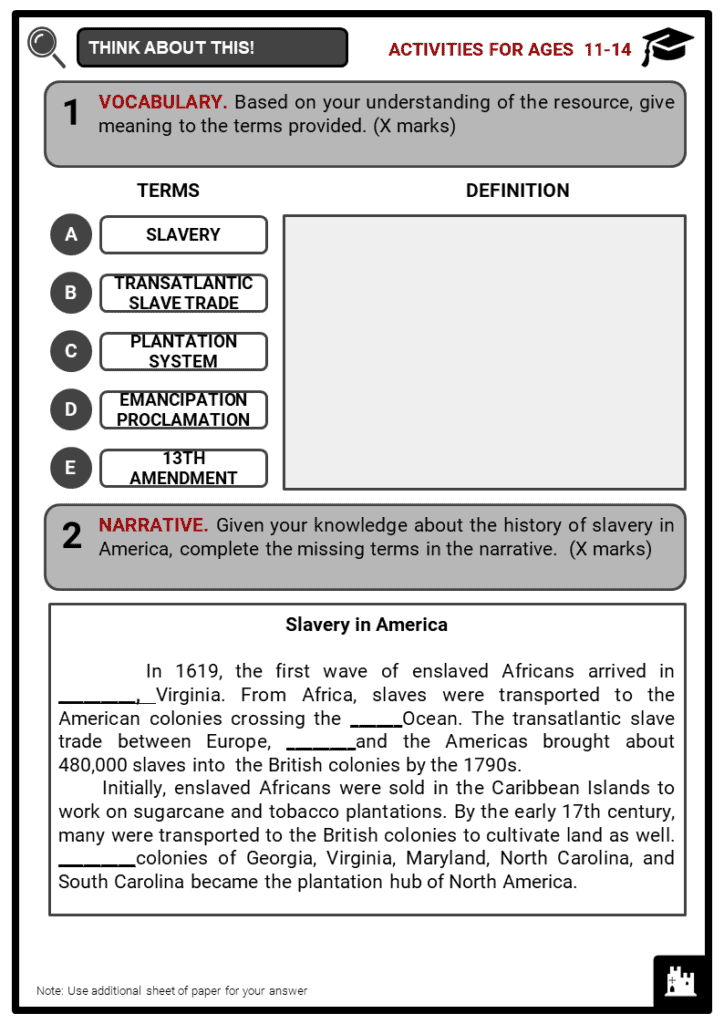
History Of Slavery In America Facts Timeline Worksheets Origins
Amh10 Ucf Chapter 4 Quiz Flashcards Quizlet
Www Jstor Org Stable

Teaching Resource Page 11 Gilder Lehrman Institute Of American History

Poor Man S Crop Slavery In Brazilian Cotton Regions 1800 1850

Pdf Poor Man S Crop Slavery In Brazilian Cotton Regions 1800 1850
3

Slavery Freedom And The Struggle For Empire Chapter Ppt Download

Slavery Part Ii The Cambridge World History Of Slavery
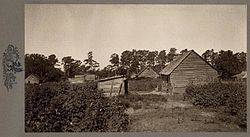
Treatment Of The Enslaved In The United States Wikipedia
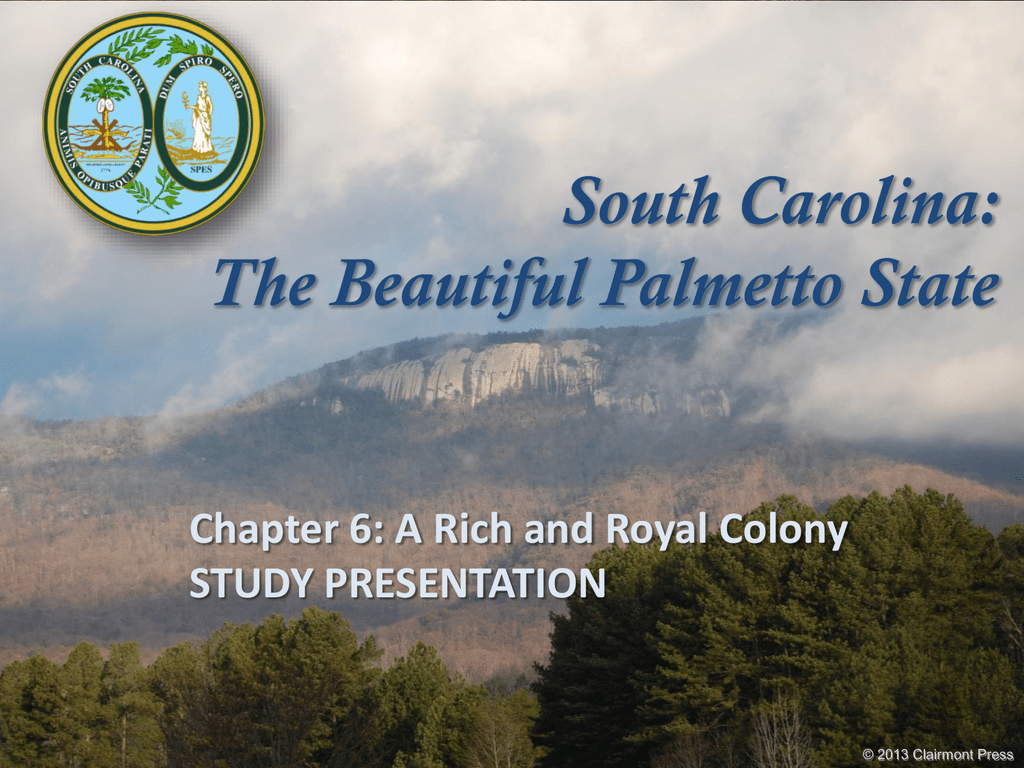
South Carolina The Beautiful Palmetto State
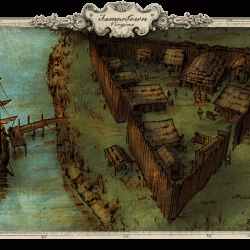
Expansion Of The Early American Colonies 1650 1750 Brewminate
Full Article The Forming And Fracturing Of Families On A South Carolina Rice Plantation 1812 1865

Want To Understand American Slavery History News Network
/https://public-media.si-cdn.com/filer/71/42/71424d2d-631d-428c-b54f-0623594831ed/hergesheimer-map.png)
These Maps Reveal How Slavery Expanded Across The United States History Smithsonian Magazine
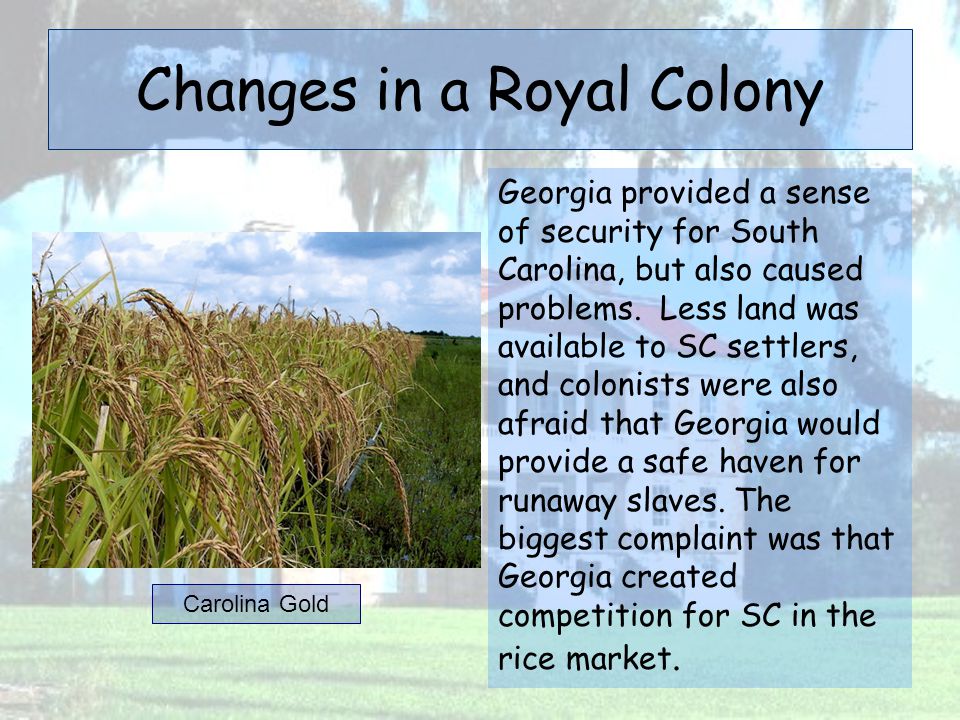
Chapter 6 South Carolina History Ppt Video Online Download

Slavery Part Ii The Cambridge World History Of Slavery
Http Apush Heading Weebly Com Uploads 5 8 9 8 5297 Chapter 4 Powerpoint Slavery Freedom Empire Pdf
2

Chapter 4 Apush Notes Hist 4395 History Internship Studocu
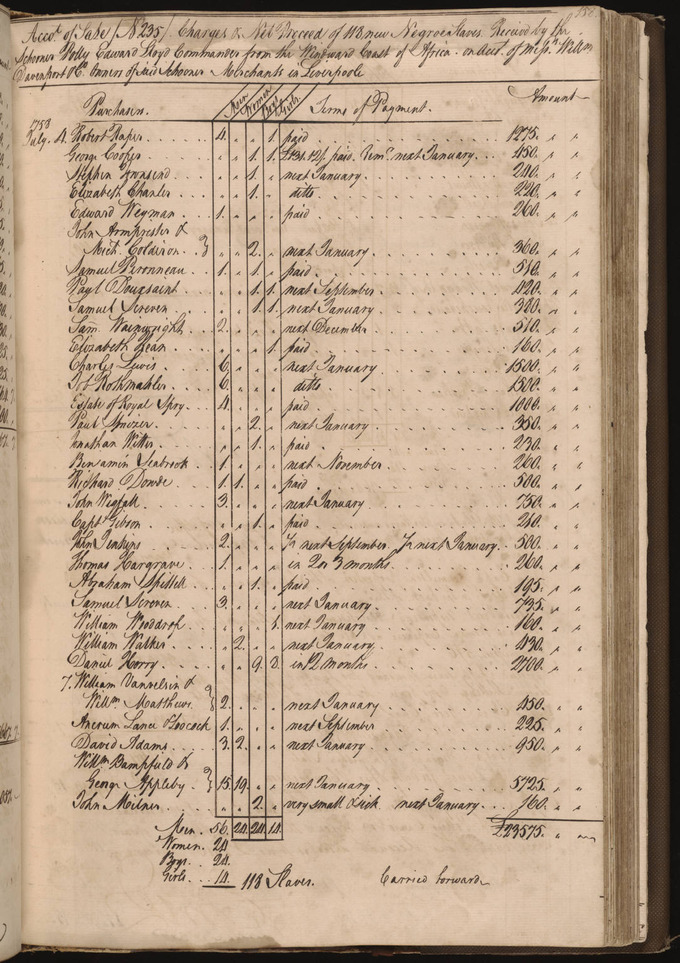
Expansion Of The Early American Colonies 1650 1750 Brewminate
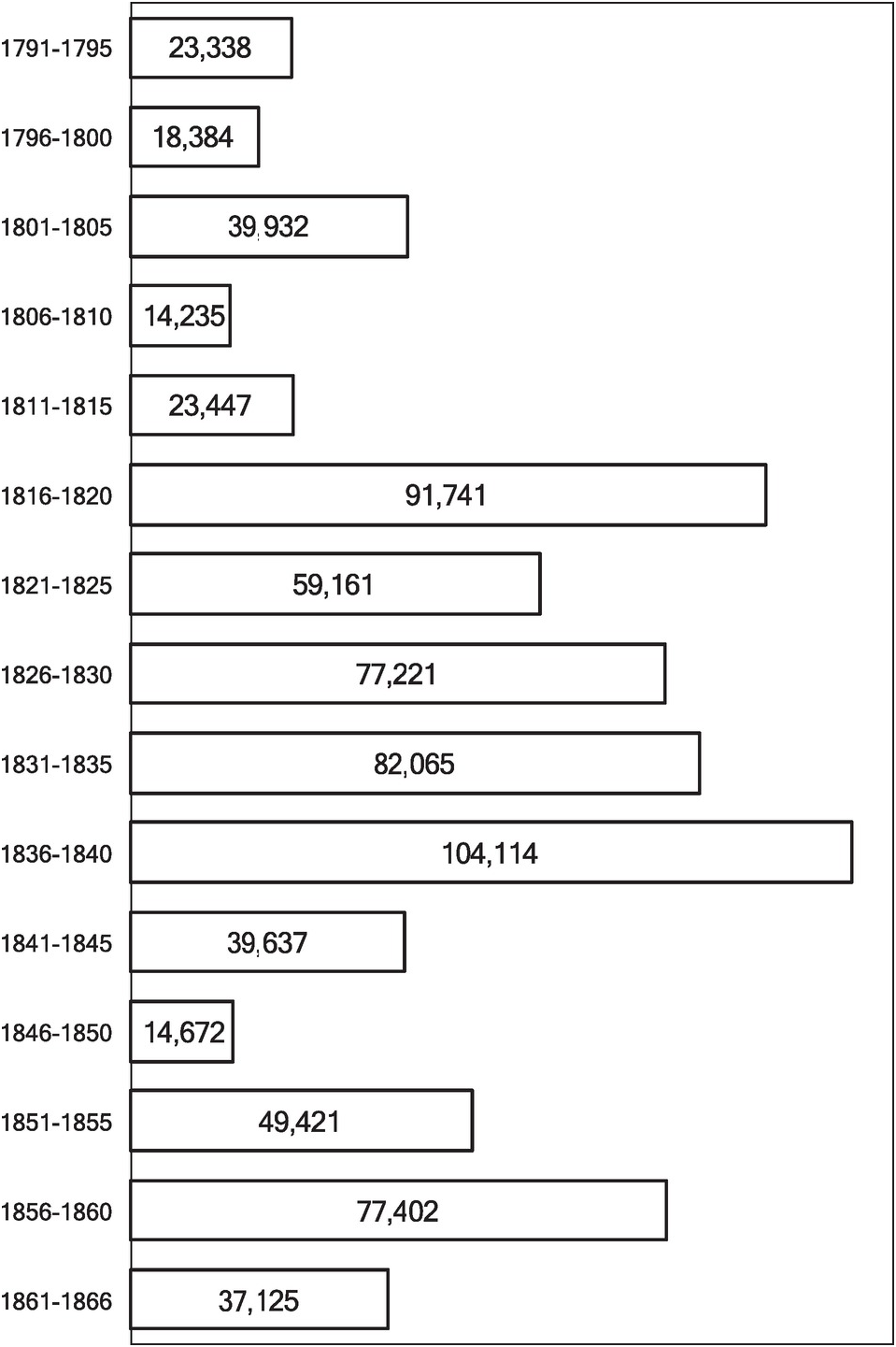
Slavery Part Ii The Cambridge World History Of Slavery
Www Jstor Org Stable

Expansion Of The Early American Colonies 1650 1750 Brewminate

Chapter 4 Summary Give Me Liberty An American History Studocu

Land Of The Living Chapter 2 African Atlantic Cultures And The South Carolina Lowcountry
Http Npshistory Com Publications Nhl Theme Studies English 1700 1775 Pdf

Poor Man S Crop Slavery In Brazilian Cotton Regions 1800 1850

Expansion Of The Early American Colonies 1650 1750 Brewminate

Slavery Part Ii The Cambridge World History Of Slavery

Chapter 4 Slavery Freedom And The Struggle For Empire To 1763 Ppt Download

Poor Man S Crop Slavery In Brazilian Cotton Regions 1800 1850

Slavery In Colonial North America Pdf Free Download
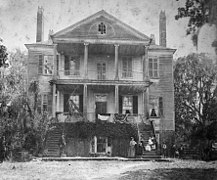
South Carolina Wikipedia
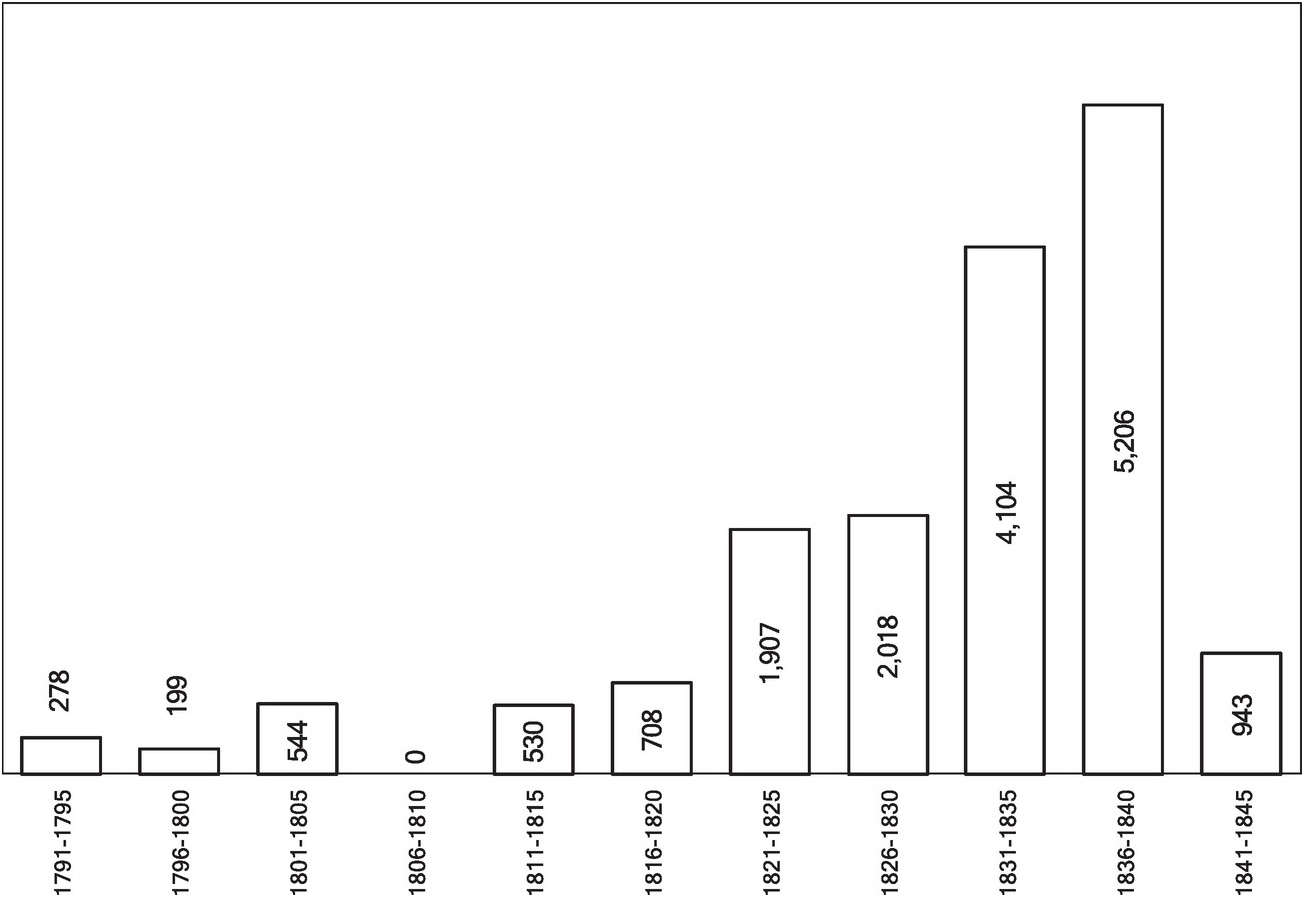
Slavery Part Ii The Cambridge World History Of Slavery
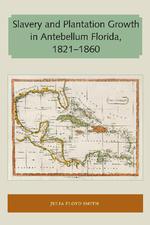
Slavery And Plantation Growth In Antebellum Florida 11 1860



